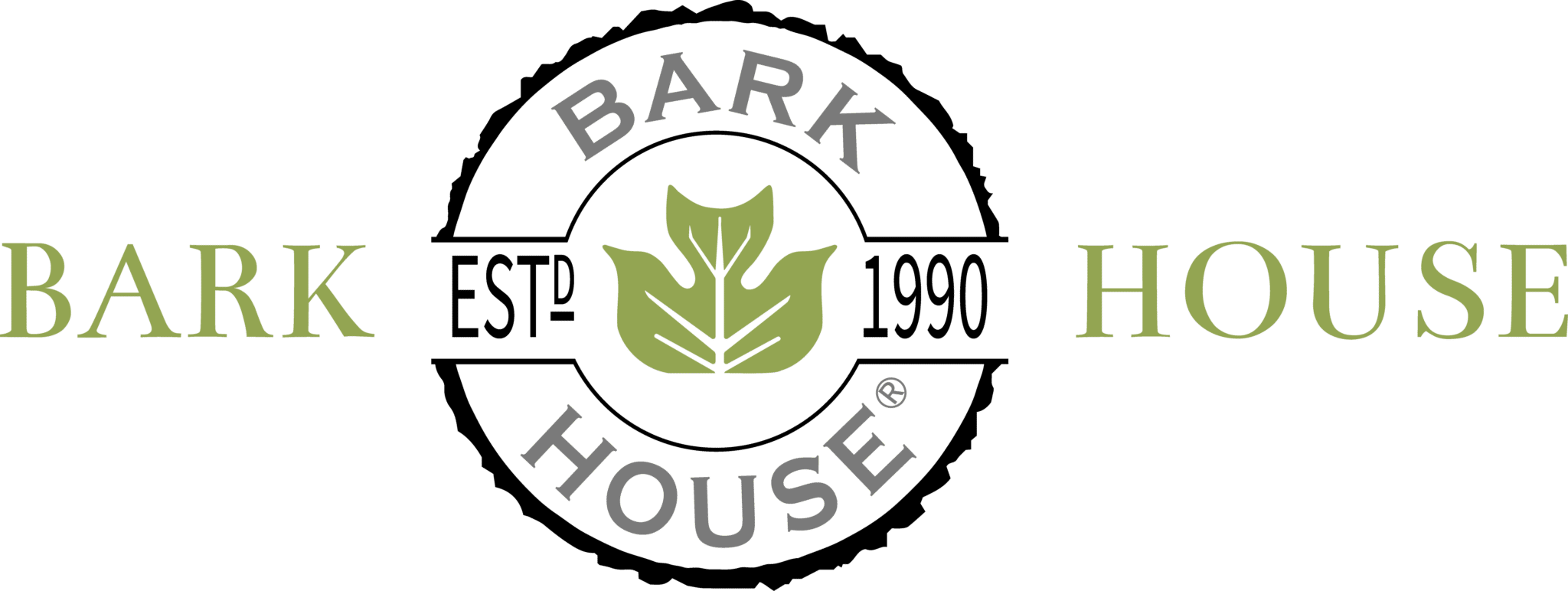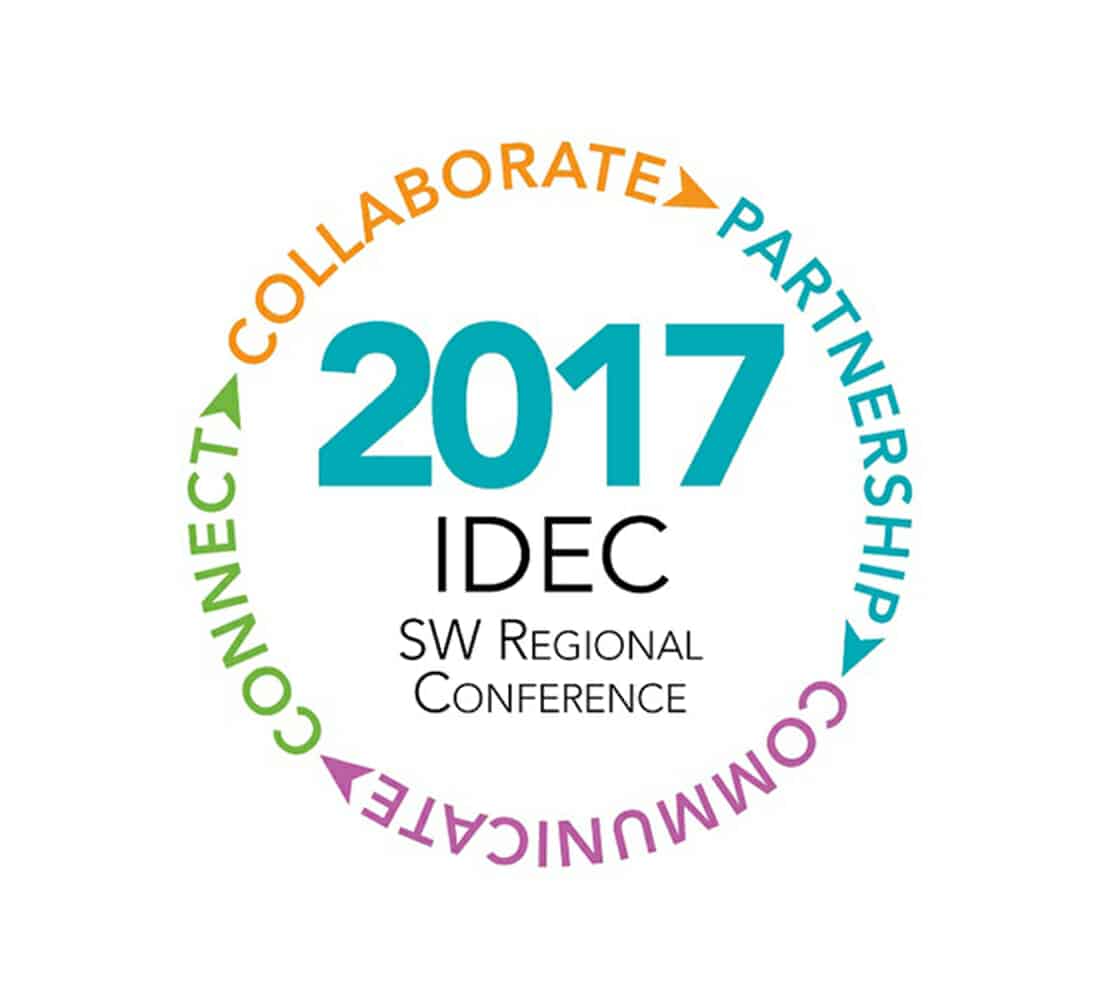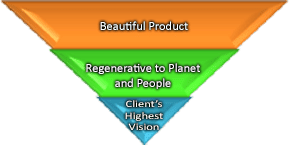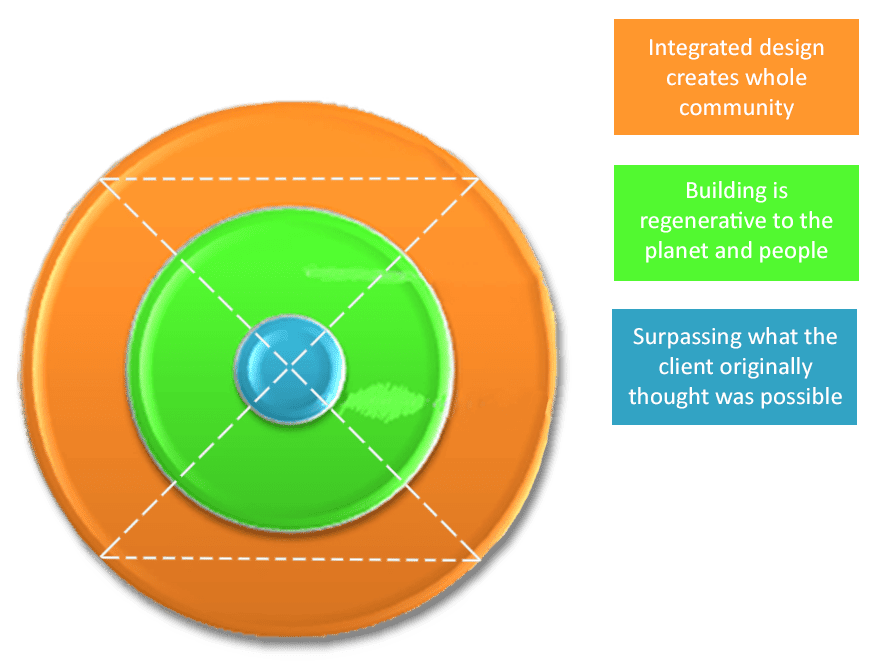The Appalachian State Department of Applied Design hosted the 2017 Southwest Regional Conference for the Interior Design Educators Council (IDEC) this month. Chris was honored to be a keynote speaker at this event.
An excerpt from her speech:
Whole-Design
The diagram below expresses a model that designers have subscribed to. The pinnacle of this project is to serve the vision of the client(s), hoping to do no harm to the planet or people in the process, with a foundation in beautiful design.
This is an example of a familiar collaborative design model. The design has been enriched because it reaches beyond the designer, to fulfill the client’s vision while minimizing harm in the process.
As a regenerative manufacturer, we share this platform as a starting point. The core of our work serves a growing vision of our client(s); using manufacturing processes that are supportive to the regeneration of the planet (air, water, soil) as well as people, through the presentation of a beautiful product (outside and within).
The new possibility exists when a project reaches across “the divide” so that the design reflects something even greater than itself. The foundation for this bridging has already been implemented in the practice of collaborative design (shown above).
We know that collaborative design is “good design”. When the design is supported by a manufacturer whose products and processes are regenerative, the project has deeper impacts. This project is supporting the community where the manufacturer is located as well as where the clients live. 
The aim of whole-design is to build whole communities. This is beyond just “good-design”; it is regenerative design. New directions and undeveloped potential are revealed by extending toward multiple perspectives (or sides) of this triangle.
Opening up perspectives moves the process closer to regenerative design. Aspects of the whole are revealed that were not seen before. This developmental process will inform us about what’s next. It will generate its own momentum so that all the co-creators of the design begin to see greater and greater possibilities in union.
This process informs choices in the project many-fold. With an expansion of inputs, a practitioner who is new to the process might easily feel lost. When that occurs, it is important to return to the core essence of this process. This essence was first informed by the client, shared by the stakeholders and should be held in highest regard. The process of regenerative design continues to give beyond the project completion, extending growth further than initially thought possible.





